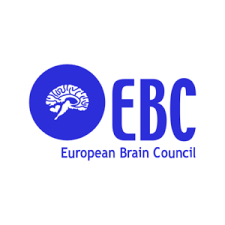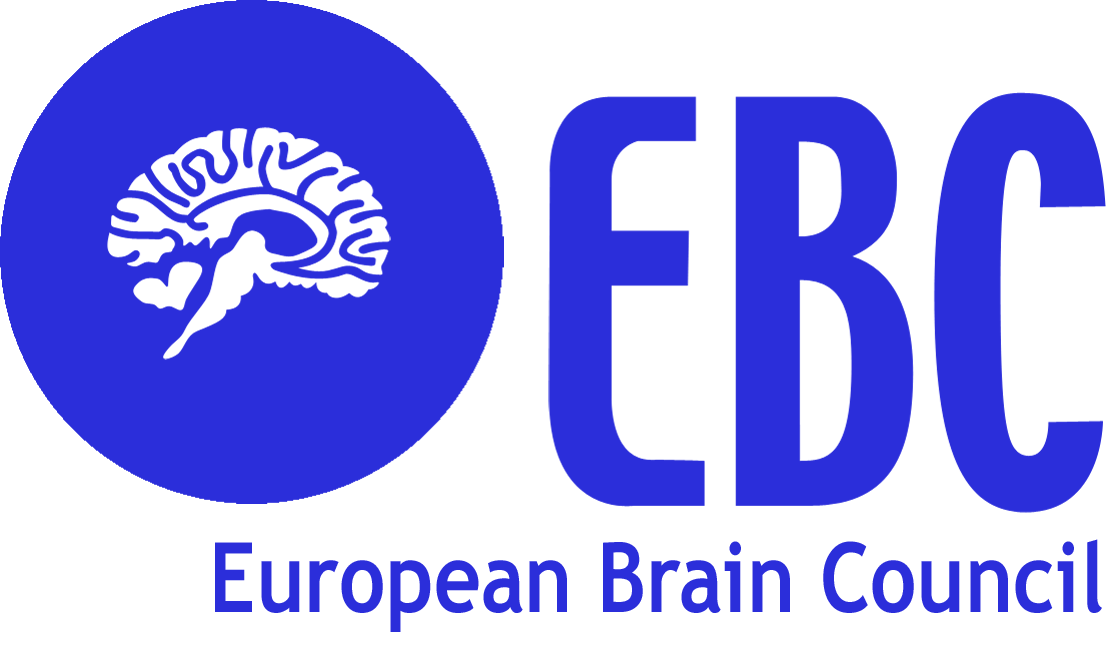TO: WHO Director-General
Dr Tedros Adhanom Ghebreyesus
Epilepsy is the most common and potentially devastating chronic neurological disease that affects people across the lifespan. In Europe, epilepsy affects 6 million people (prevalence 8/1000) and the lifetime cumulative prevalence of epilepsy is 3%. Epilepsy accounts for a significant proportion of the world’s disease burden; among neurological diseases, it accounts for the highest disability-adjusted life year rates both in men and in women. Because of the rising life expectancy in Europe and the increasing proportion of people surviving epilepsy-provoking insults, such as birth injury, head trauma, cerebral infection and stroke, the number of people with epilepsy is bound to increase further.
Epilepsy carries an overall increased risk of premature mortality. Sudden unexpected death in epilepsy (SUDEP), status epilepticus, accidents, drowning, unintentional injuries and suicide are the most important and potentially preventable causes of death in people with epilepsy.
Epilepsy is associated with mental health conditions (depression, anxiety) and other co-morbidities, which had been acknowledged as noncommunicable diseases and constitute one of the WHO priorities.
Up to 70% of people with epilepsy could become seizure free with timely anti-seizure drug treatment. For 30% of people with epilepsy, seizures cannot be controlled with drugs and require other interventions, including brain surgery. There is a marked treatment gap with respect to delayed diagnosis, appropriate treatment and access to specialist services.
People with epilepsy, their families, and the community need to be aware that seizures can be controlled. They require the correct diagnosis, initiation of appropriate treatment and careful follow-up, with the ultimate aim of suppressing seizures, improving quality of life, and preventing death.
The discrimination and social stigma that surround epilepsy worldwide are often more difficult to overcome than the seizures themselves. People living with epilepsy can be targets of discrimination and human rights violation, which often dissuades them from seeking treatment.
In 2011, the European Parliament approved the Written Declaration on Epilepsy, which urged the European Commission and Member States to increase public awareness about epilepsy, to remove barriers improving the quality of life in people with epilepsy, to improve epilepsy care, and to promote research and innovation in the prevention, diagnosis and treatment of epilepsy;
As a landmark development, in 2015 the World Health Assembly (WHA) approved unanimously Resolution 68.20 on the “Global Burden of Epilepsy and the Need for Coordinated Action at the Country Level to Address its Health, Social and Public Knowledge Implications”. Resolution 68.20 urges Member States to implement a coordinated action against epilepsy. The Resolution has been supported by 11 and co-sponsored by 7 European countries.
WHA Resolution 68.20 demonstrates that all Member States and the WHO non-state actors recognize the needs of people with epilepsy, and the urgency for coordinated action around the world. It is now essential to ensure that the recommendations made in Resolution 68.20 are implemented and followed up.
For this purpose, the EAN is requesting the WHO to include the item :
“Further actions to address the global burden of epilepsy and its health and social implications at the country level”
into the Agenda of the 144 WHO Executive board in order to:
- develop a “Global action plan for epilepsy”
- prepare a new report on the implementation of the WHA Resolution 68.20, to be discussed at the 74th WHA in 2021
Major gaps in awareness, diagnosis and treatment are devastating the lives of millions of people with epilepsy throughout the world. These gaps can be addressed readily through a highly cost-effective, coordinated action plan. People with epilepsy and their families are asking that this unique opportunity not be lost
References:
Banerjee P.N., Filippi D., Allen Hauser W. The descriptive epidemiology of epilepsy-a review. Epilepsy Res 2009;85: 31–45.
Beghi E. Addressing the burden of epilepsy: Many unmet needs. Pharmacol Res. 2016 May;107:79-84
Brodie M.J, Barry S.J, Bamagous G.A et al. Patterns of treatment response in newly diagnosed epilepsy. Neurology 2012;78(20):1548-1554.
Covanis A, Guekht A, Li S, et al. From global campaign to global commitment: The World Health Assembly’s Resolution on epilepsy. Epilepsia 2015, 56:1651–1657, 2015
European Parliament. The Written Declaration on Epilepsy. Strasbourg, 2011.
Fiest K. M., Sauro K.M., Wiebe S. et al.. Prevalence and incidence of epilepsy. Neurology 2016, 88(3), 296–303.
Meyer A.C, Dua T, Ma J, Saxena S, Birbeck G. Global disparities in the epilepsy treatment gap: A systematic review. Bull World Health Organ 2010; 88: 260–6.
Time to deliver: report of the WHO Independent High-level Commission on Noncommunicable Diseases. Geneva: World Health Organization; 2018. (http://www.who.int/ncds/ management/time-to-deliver/en/, accessed 10 August 2018).
Thurman DJ, Logroscino G, Beghi E et al., The burden of premature mortality of epilepsy in high-income countries: A systematic review from the Mortality Task Force of the International League Against Epilepsy. Epilepsia. 2017 Jan;58(1):17-26.
World Health Assembly. Resolution 68.20. Global Burden of Epilepsy and the Need for Coordinated Action at the Country Level to Address its Health, Social and Public Knowledge Implications, Geneva, 2015.









